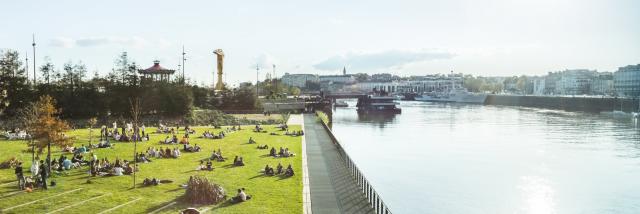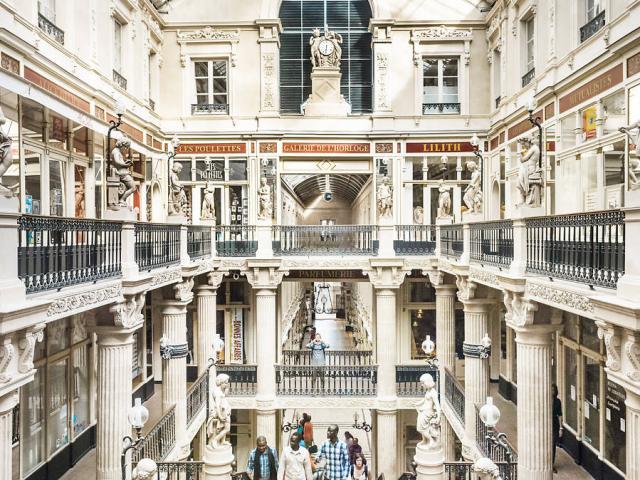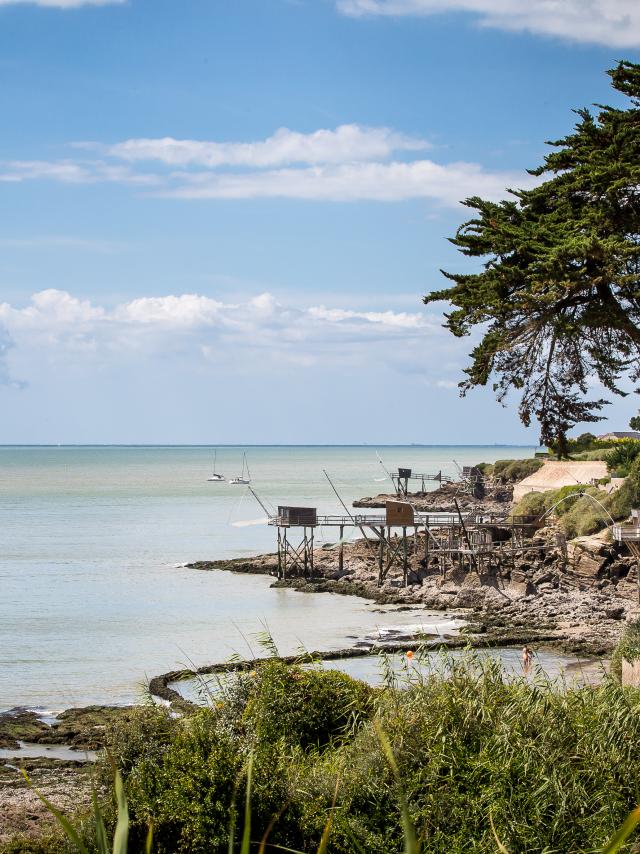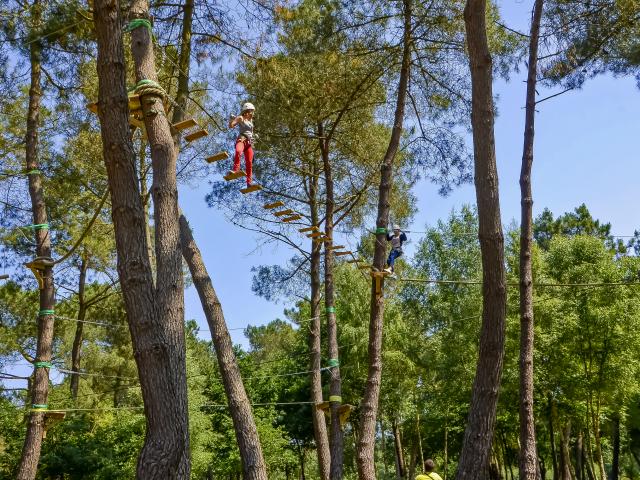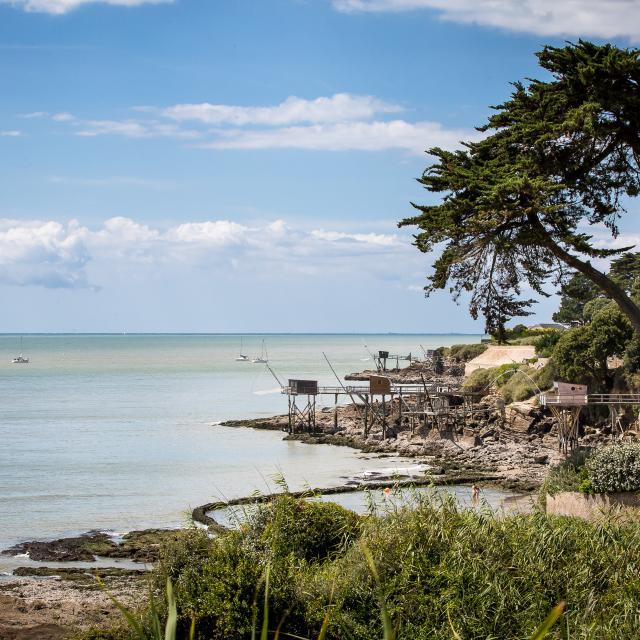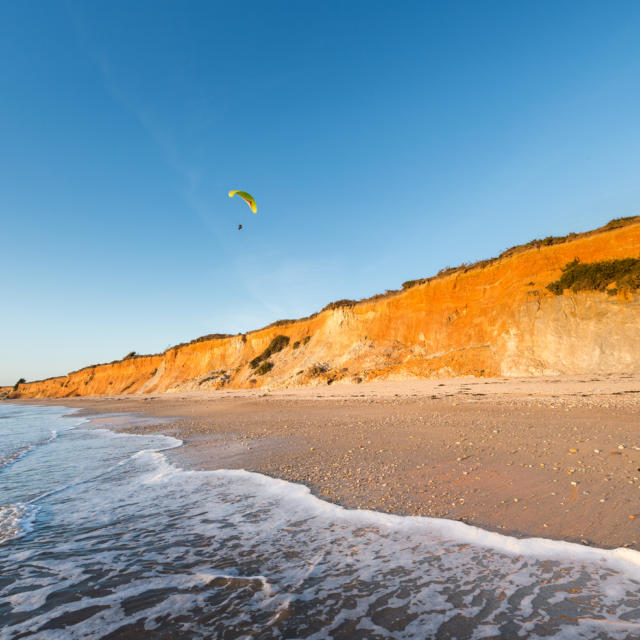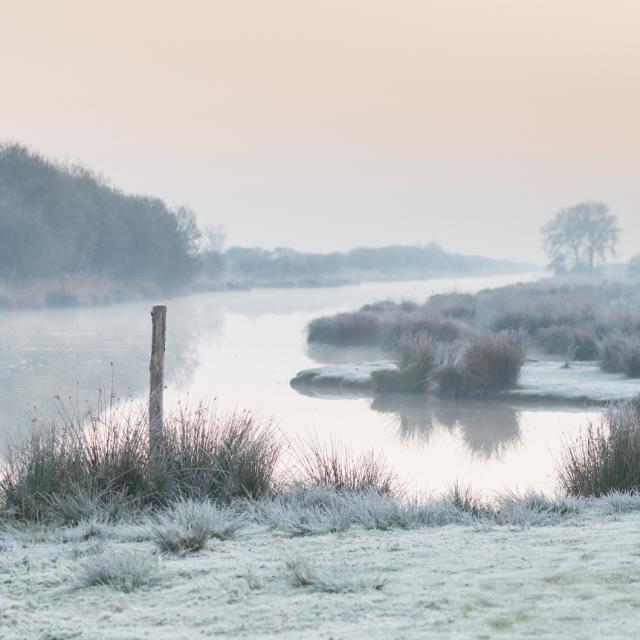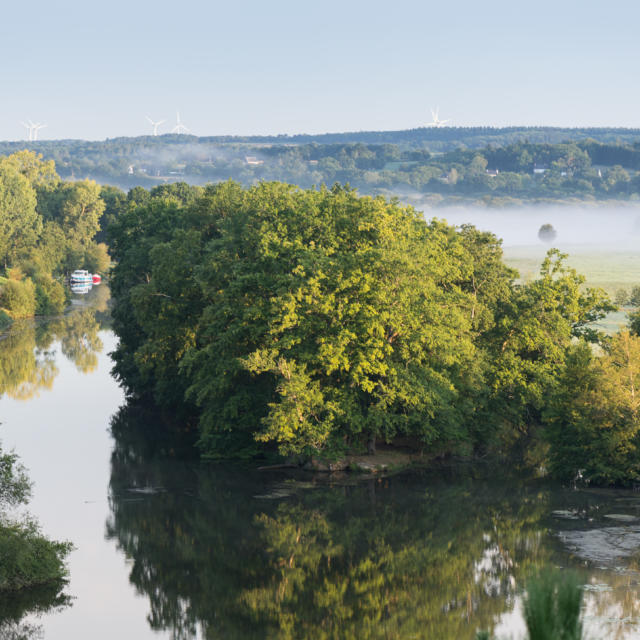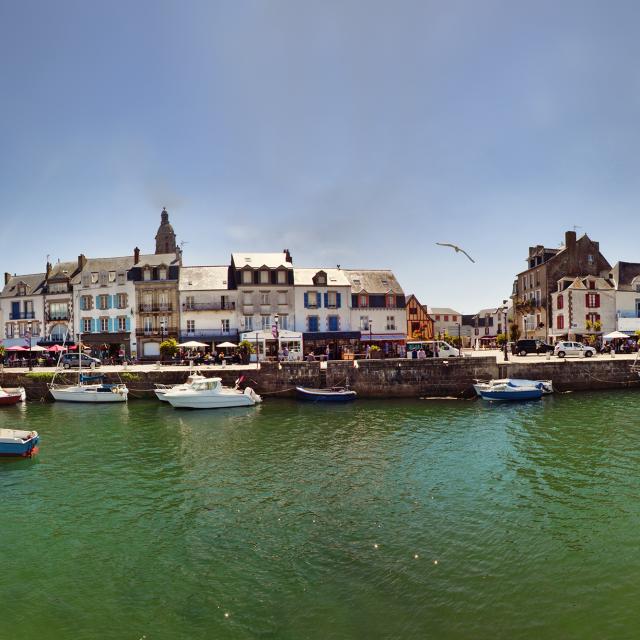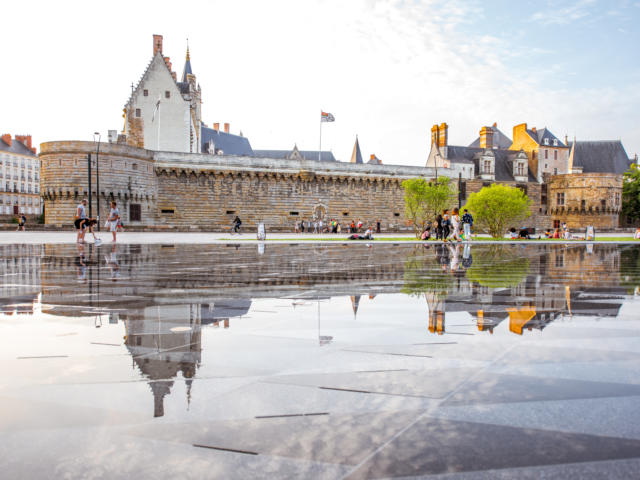
©RossHelen - Istockphoto
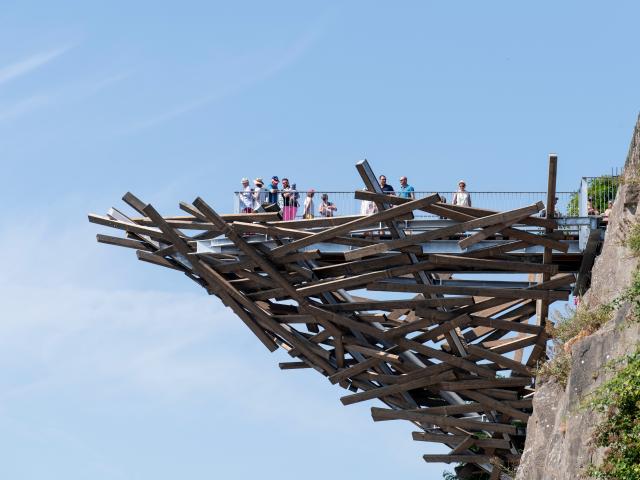 Le Voyage à Nantes 2019 - Tadashi Kawamata - Blevedere
Le Voyage à Nantes 2019 - Tadashi Kawamata - Blevedere©Le Voyage à Nantes 2019 - Tadashi Kawamata - Blevedere|Martin Argyroglo
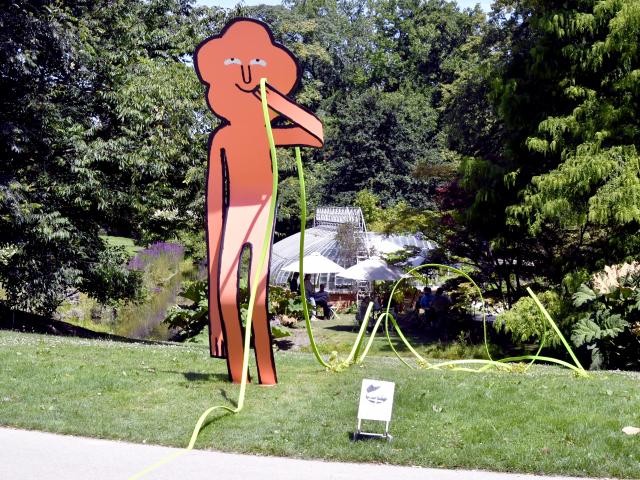 Jean Jullien, Filili Viridi, Jardin des Plantes, Le Voyage à Nantes
Jean Jullien, Filili Viridi, Jardin des Plantes, Le Voyage à Nantes©Jean Jullien, Filili Viridi, Jardin des Plantes, Le Voyage à Nantes| R. Delaroque, NM
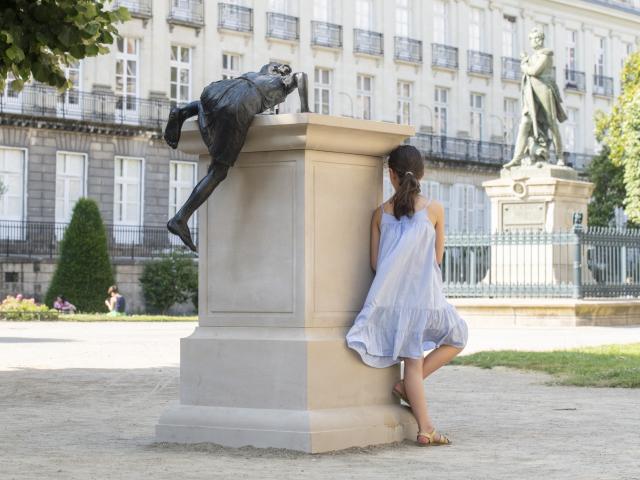 Philippe Ramette Eloge De La Transgression Le Voyage A Nantes
Philippe Ramette Eloge De La Transgression Le Voyage A Nantes ©Philippe Ramette Eloge De La Transgression Le Voyage A Nantes | M.Argyroglo
